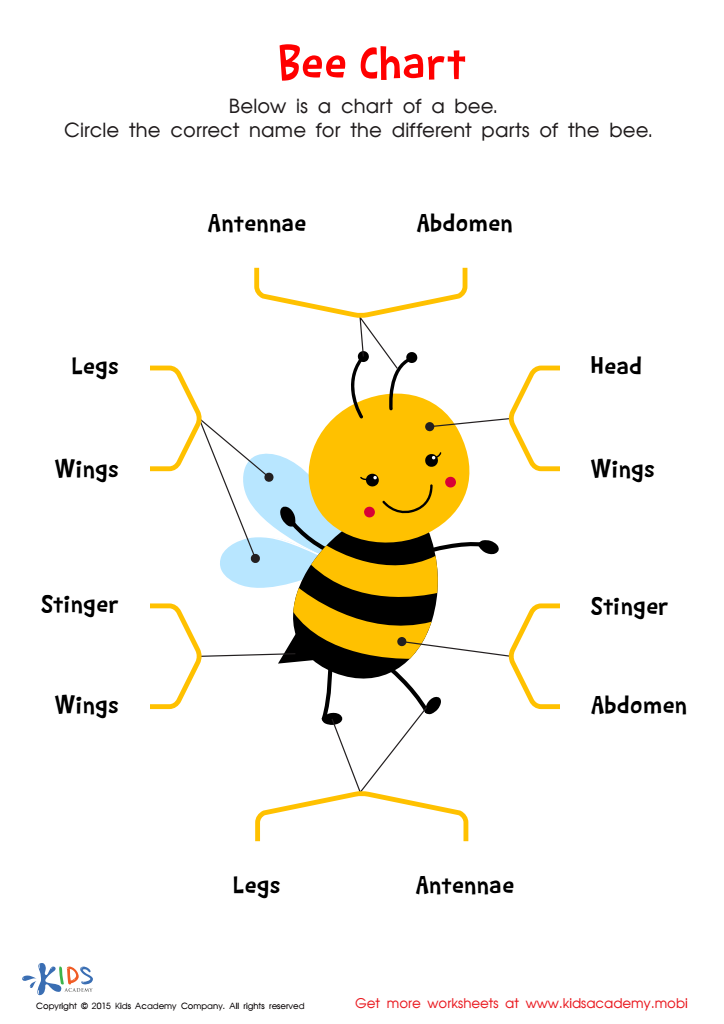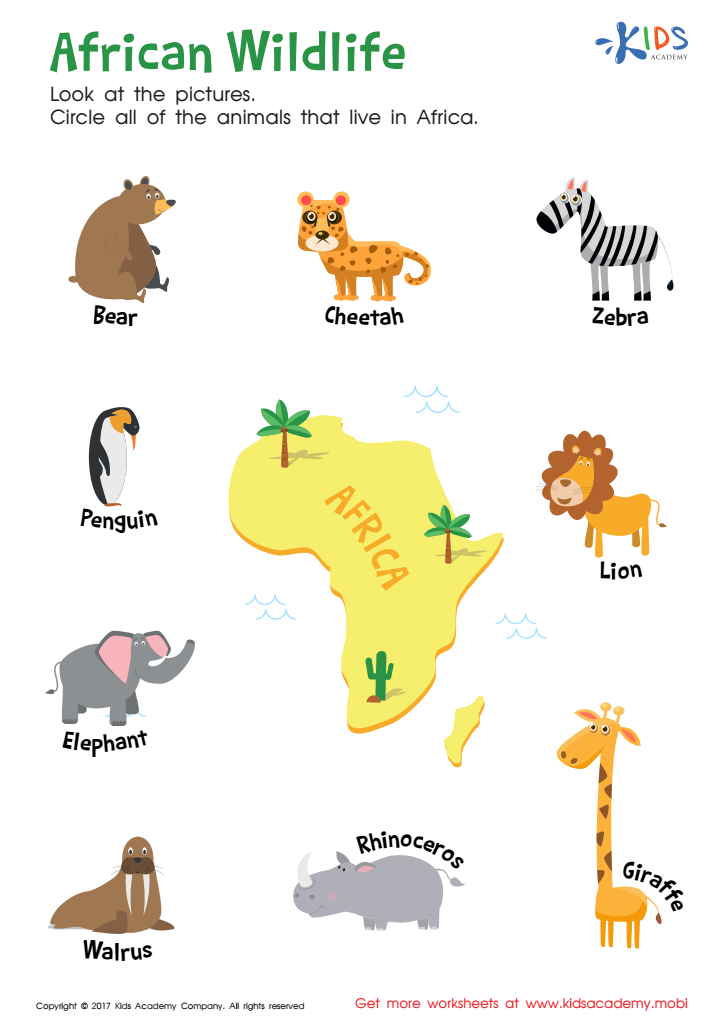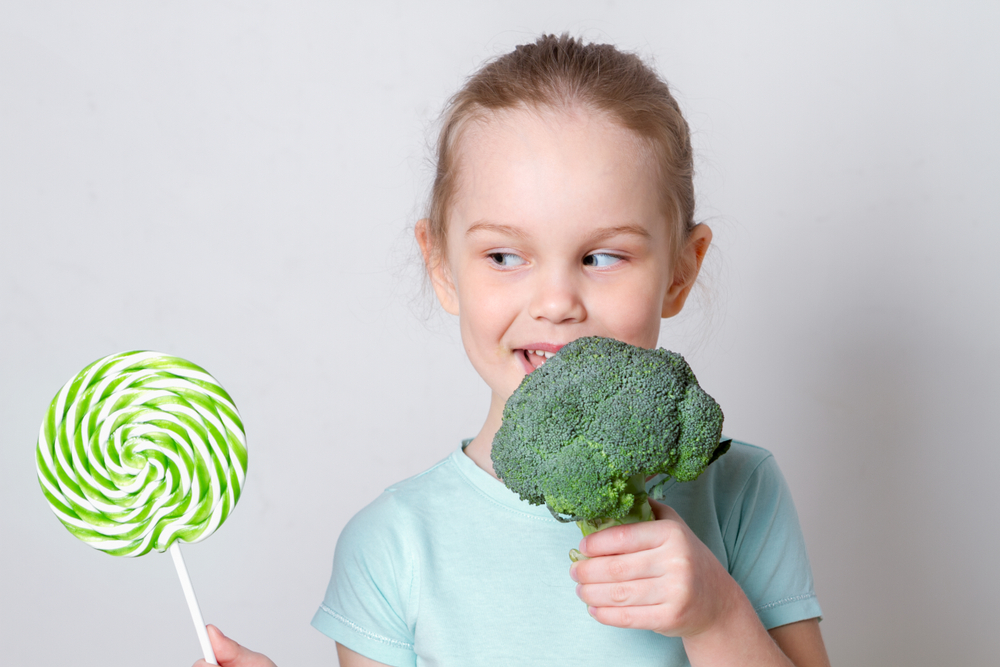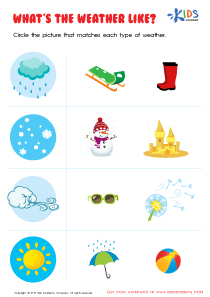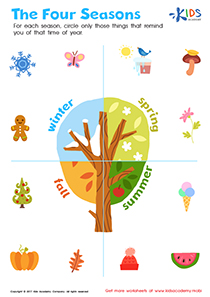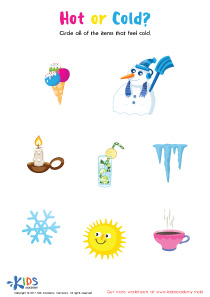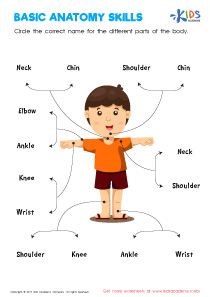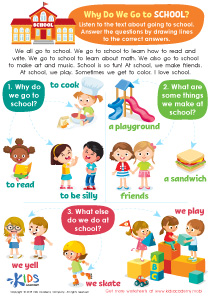Normal Plants and Animals Worksheets for Ages 5-9
12 filtered results
-
From - To
Explore our engaging "Normal Plants and Animals Worksheets" designed specifically for ages 5-9. These captivating printables help young learners discover the fascinating world of flora and fauna around them. Each worksheet combines vibrant images with fun activities to enhance understanding of plant and animal life, boost fine motor skills, and promote critical thinking. Perfect for both classroom settings and homeschooling, these materials provide hands-on learning experiences through matching, labeling, and exploration exercises. Cultivate a love for nature and science among your children with Kids Academy's expertly crafted resources. Unlock their curiosity today!
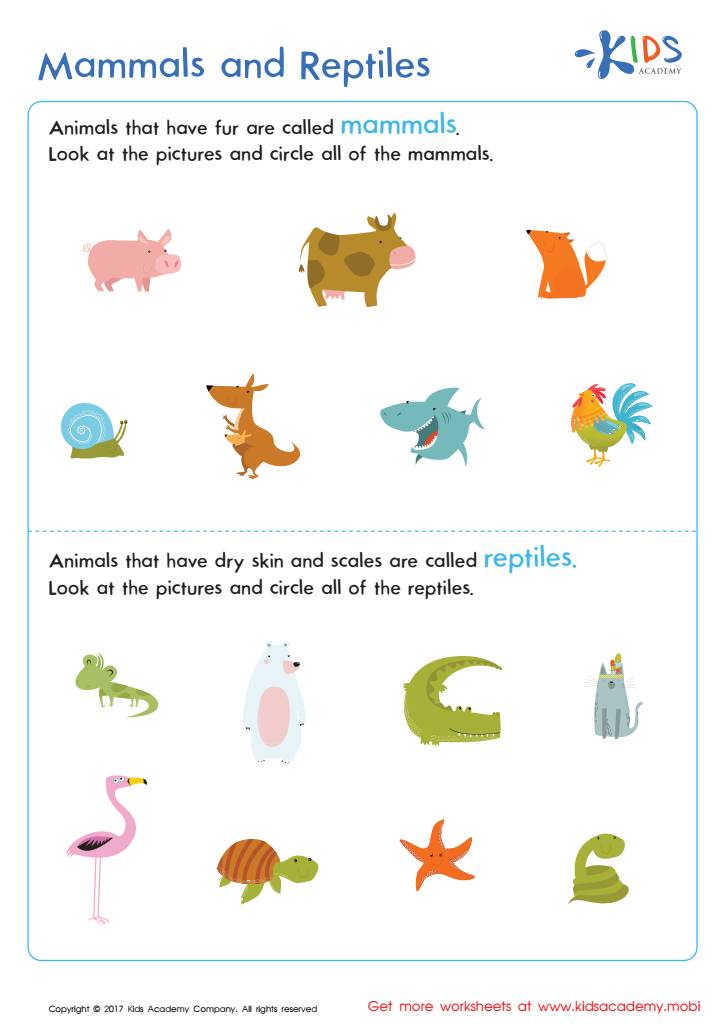

Mammals and Reptiles Worksheet
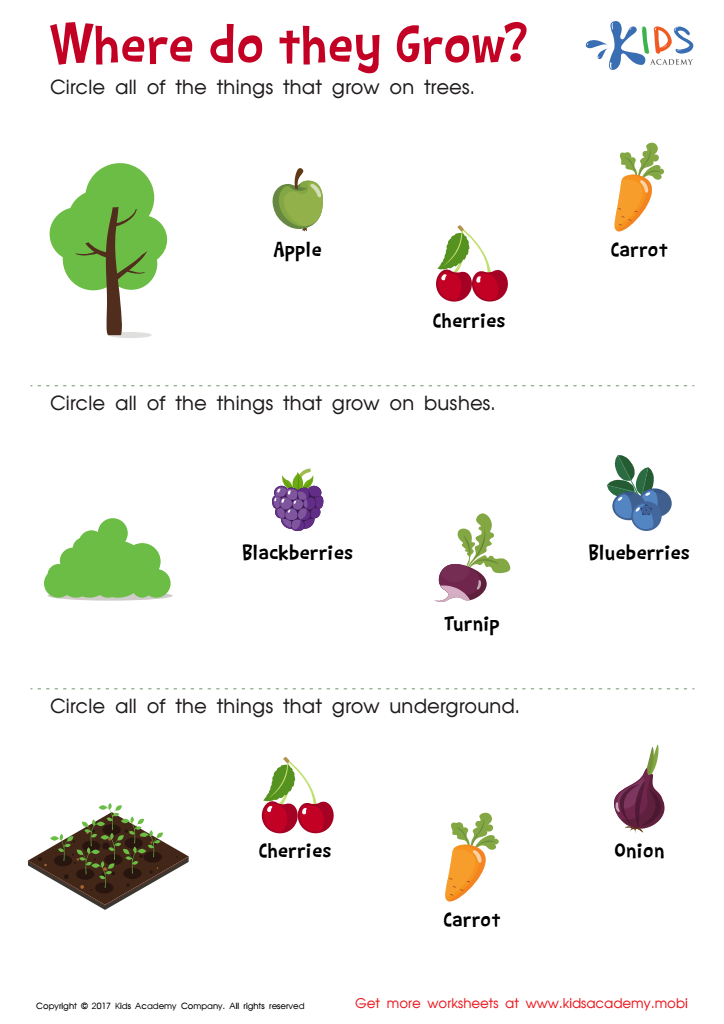

Where Do They Grow Worksheet
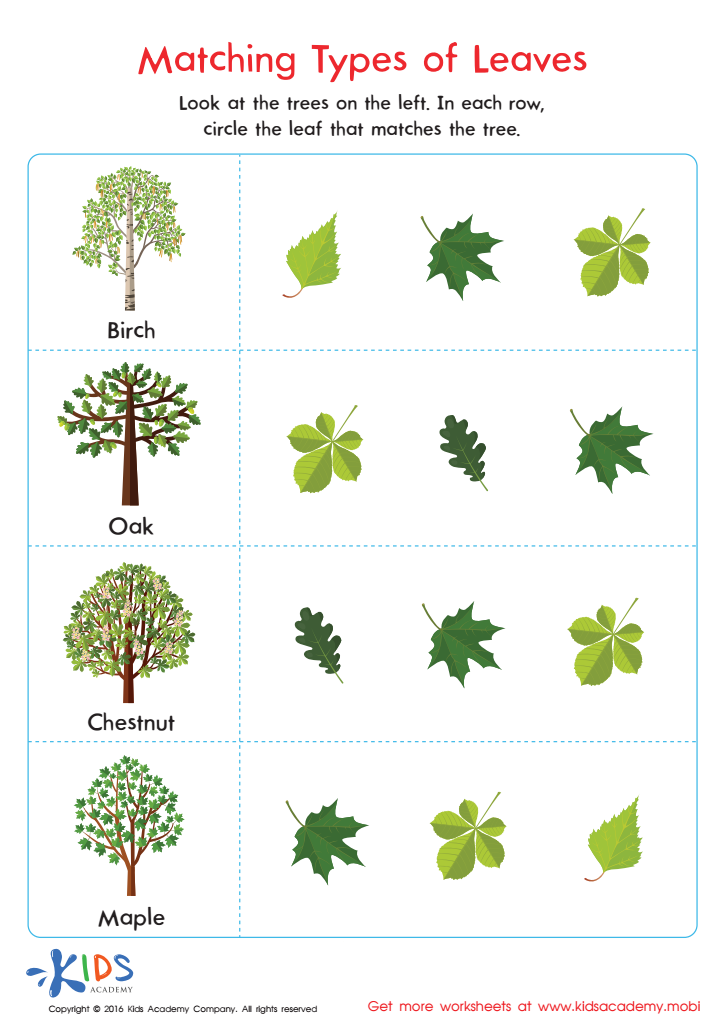

Matching Types of Leaves Printable


African Wildlife: Giraffe Worksheet
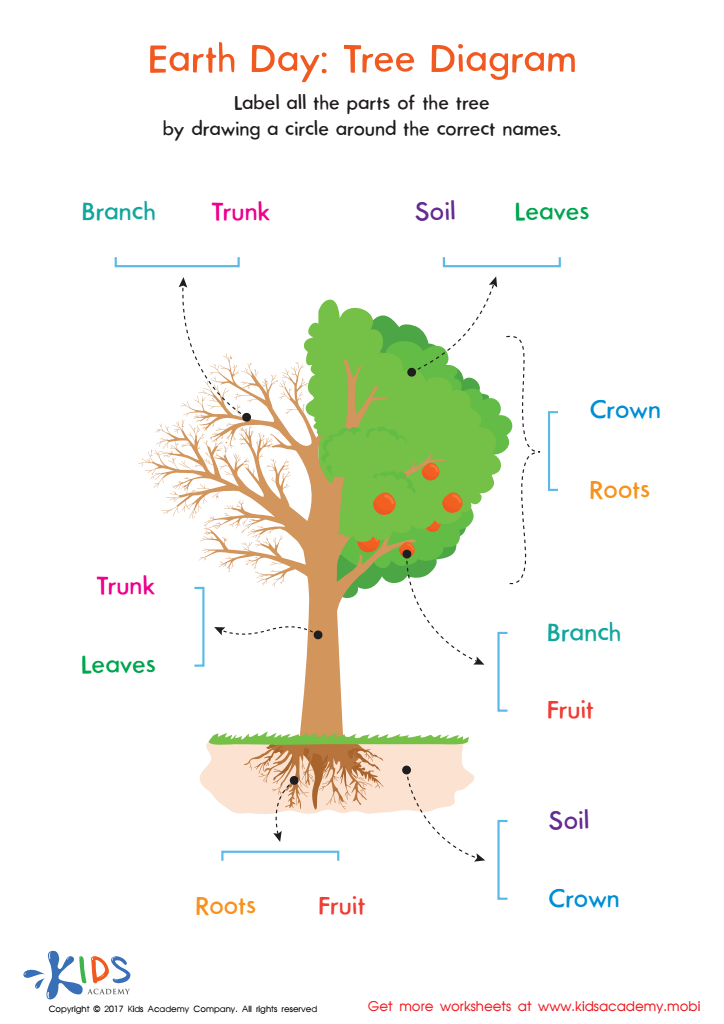

Earth Day: Tree Diagram Worksheet
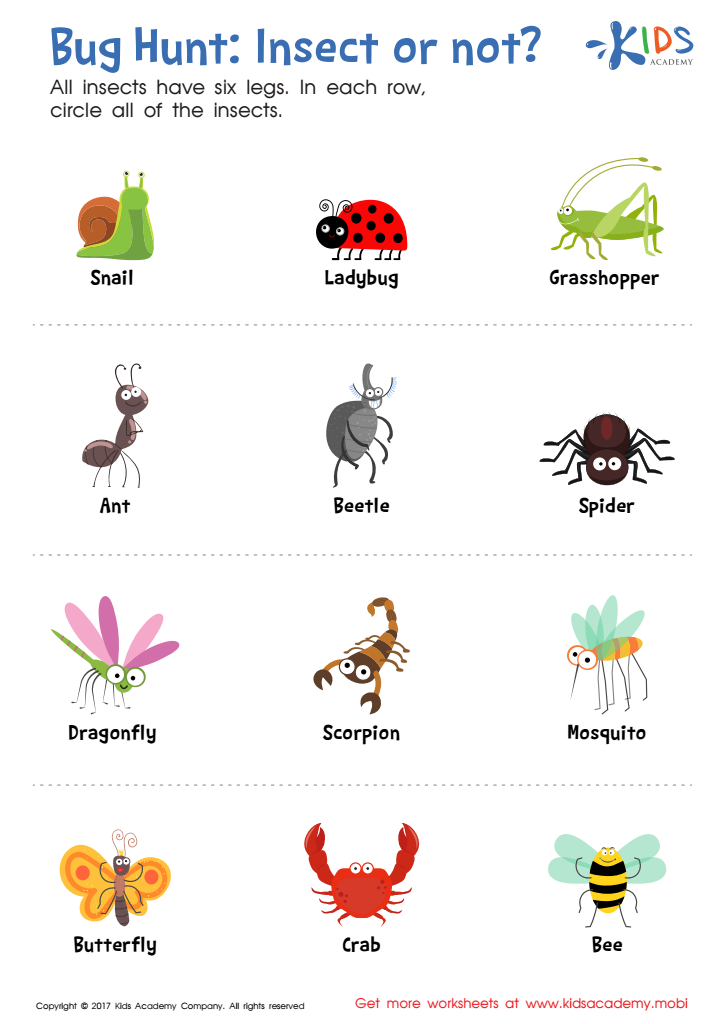

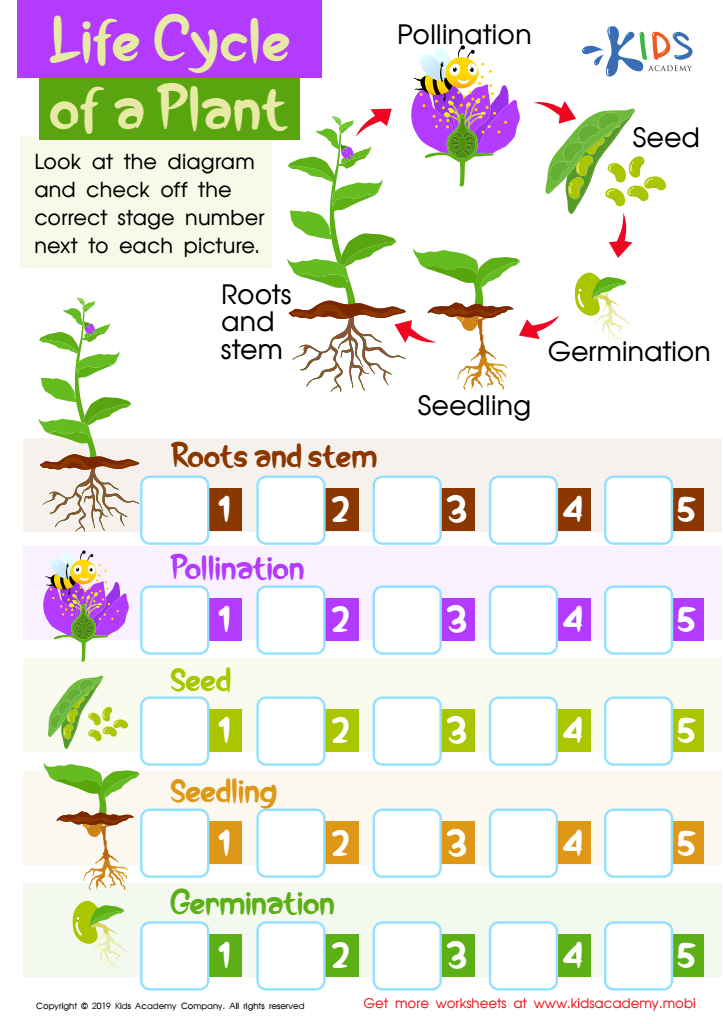

Life Cycle of a Plant Worksheet
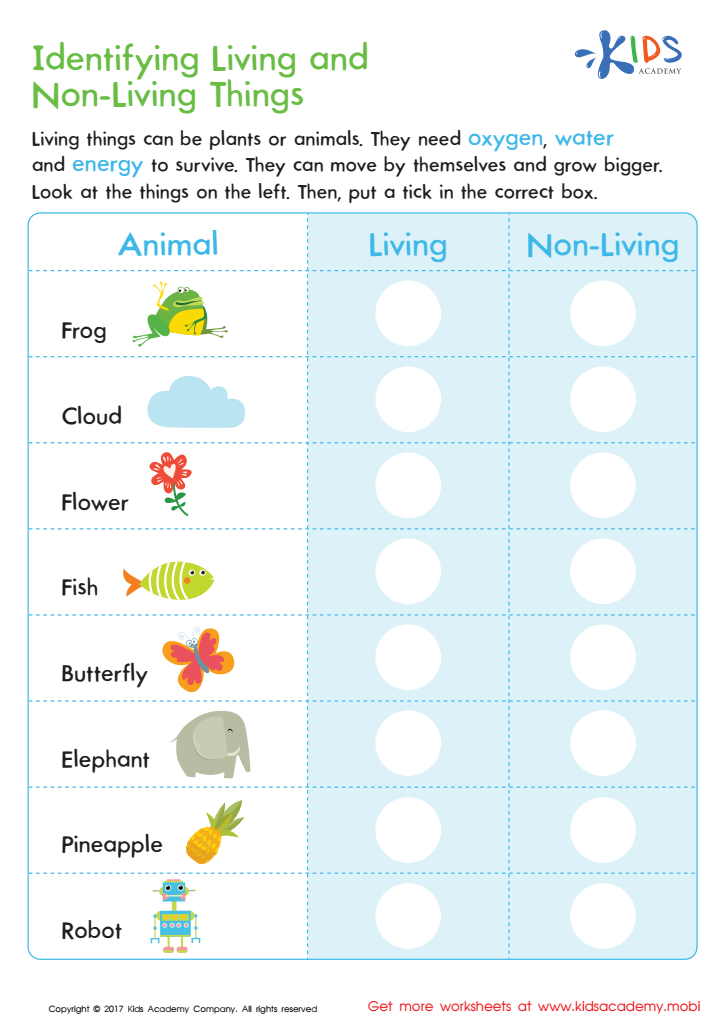

Identifying Living or Non–living Worksheet
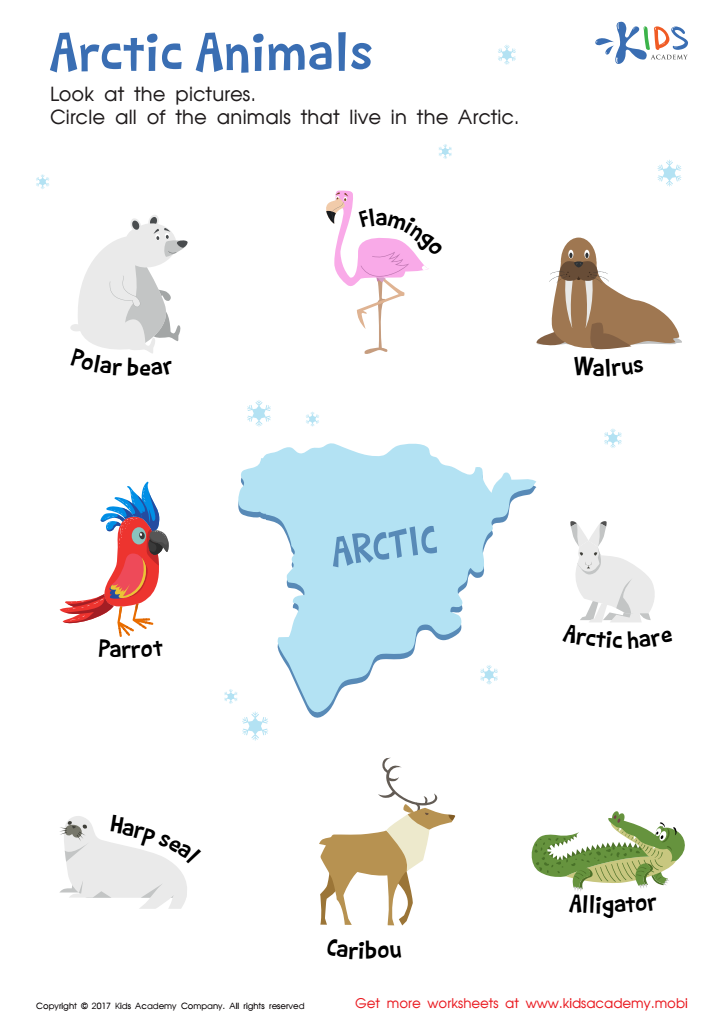

Arctic Animals Worksheet
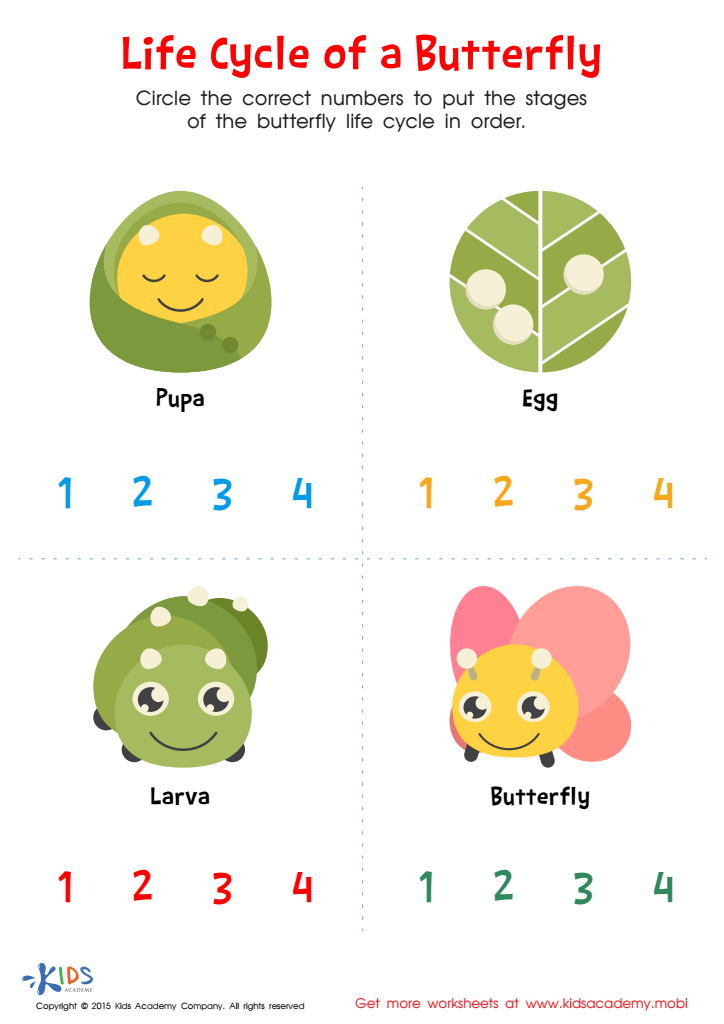

Life Cycle of Butterfly Printable
Caring about normal plants and animals is vital for children aged 5-9 as it lays the groundwork for environmental stewardship and scientific curiosity. At this impressionable age, children learn to appreciate and respect the world around them. By introducing them to common flora and fauna, we foster a sense of wonder and emotional connection to nature. These early experiences not only make them more aware of their surroundings but also help in developing observational skills crucial for budding scientists.
Understanding plants and animals helps children learn about life cycles, interdependence, and ecosystems' delicate balance. Simple activities like growing a garden or watching birds can teach patience, responsibility, and the satisfaction of nurturing living things. Such practical experiences complement academic learning beautifully and provide concrete examples that make abstract concepts more understandable.
Moreover, these lessons in biodiversity can instill eco-minded values early on, encouraging habits that could lead to a sustainable future. A child who learns to respect ants in the yard or marvel at a flowering plant is more likely to become an adult who advocates for conservation efforts. Thus, caring about normal plants and animals is foundational for raising environmentally conscious and scientifically literate individuals, making it an important priority for both parents and teachers alike.

 Assign to the classroom
Assign to the classroom
